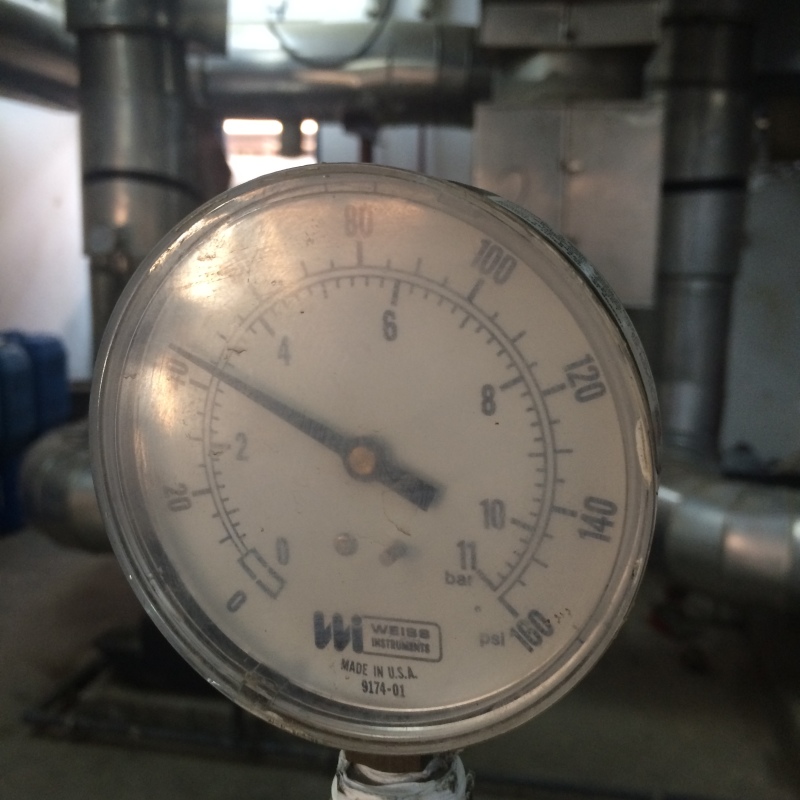Hi moideen,
This is a quite interesting observation and denotes your knowledge on theory.
1. We should note that some specific pumps can work with very low NPSHReq, most of the fire pumps fall within this category (Please have a look at NFPA Standards). Your pump seems to be within those with capability of very low NPSHReq.
2. Assuming that your pressure gauge is good, we have to find the reason of why the equipment is operating properly. One explanation might be because the NPSHAvailable is higher than the NPSHReq. So, please, check the NPSHAv, the pump might be sucking from one tank, read the pressure reading at the tank in this case. By calculating the NPSHAv using the standard formula that we are used to apply, you can calculate it easily. Check your P&ID to have a more accurate calculation result. Then, go to the pump specification, and have from the supplier the NPSHReq by this specific pump. If al is OK I mean NPSHAv > NPSHReq + 20%, you can go to the next step.
3. As BigInch said NPSH is an absolute pressure reading PSI(a) while your manometer reading as it can be seen from the photo is a gauge reading PSI(g). That means if from your calculation, you find a NPSHa of about 5m, then at the gauge you should have
PSI(g) = PSI(a)- ATM
PSI(g) = 5 - 10 m
PSI(g) = -5m
And here is the secret: In this specific case, it will be more interesting to have a compound pressure gauge which can read negative value of pressure (or if you want, vacuum) instead of simple pressure gauge which cannot read negative values. And you wil see that your needle will move in the CounterClockWise direction!
This will be helpful troubleshooting the system in the future in case there will be some issue.
Hope this help.
Good Lick.
Martial.


